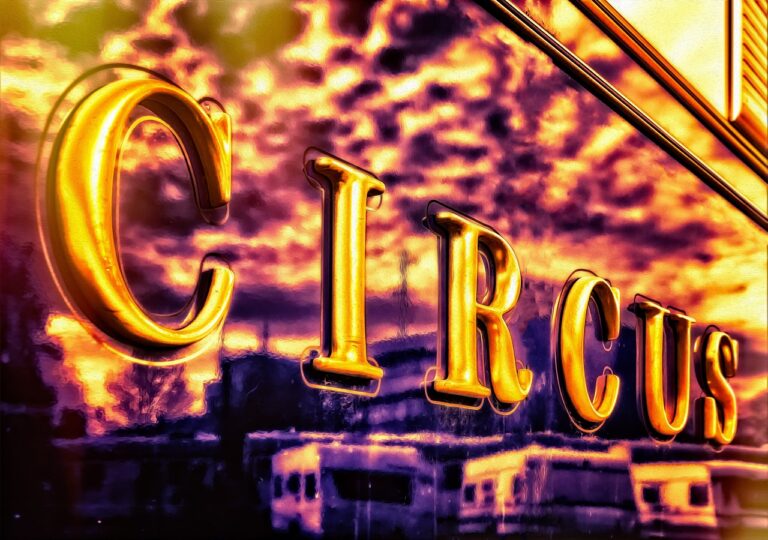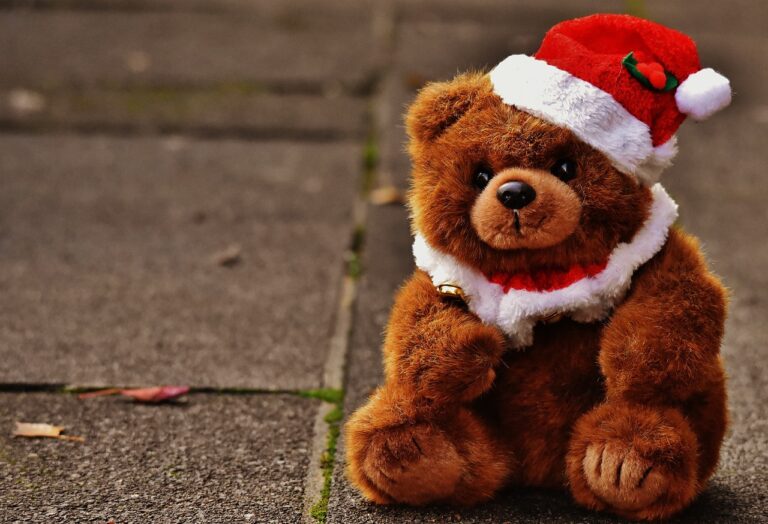The Influence of Costume Design on Character Iconography: Allpanel com, Best online cricket id, Gold 365 cricket
allpanel com, best online cricket id, gold 365 cricket: The Influence of Costume Design on Character Iconography
Costume design plays a critical role in shaping the visual identity of characters in film, television, and theater. From the color palette to the texture of the fabrics, every detail of a character’s costume can convey essential information about their personality, background, and motivations. In this article, we will explore the impact of costume design on character iconography and how it can enhance storytelling and audience engagement.
Setting the Scene: Establishing Character Through Costume
One of the primary functions of costume design is to help establish the identity of a character from the moment they appear on screen or stage. The choice of clothing, accessories, and hairstyles can provide valuable clues about a character’s profession, social status, and cultural background. For example, a character dressed in a sharp suit and tie may be perceived as powerful and authoritative, while a character in casual attire may appear more laid-back and approachable.
Creating Visual Contrast: Highlighting Character Dynamics
Costume design can also be used to create visual contrast between characters, emphasizing their differences and highlighting key relationships. By dressing characters in complementary or contrasting colors, patterns, and styles, costume designers can visually reinforce the dynamics between characters, whether they are allies, rivals, or romantic interests. These visual cues can help the audience understand the complexities of relationships and motivations within the story.
Symbolism and Subtext: Adding Depth to Character Portrayals
Costume design can be a powerful tool for adding layers of symbolism and subtext to a character’s portrayal. By incorporating subtle details, such as symbolic colors, motifs, or accessories, costume designers can convey hidden meanings and foreshadow events in the story. For example, a character wearing a necklace with a mysterious pendant may hint at a hidden past or secret agenda, adding intrigue and depth to their character.
Evolution of Character: Reflecting Growth and Transformation
Throughout a narrative, characters may undergo significant growth or transformation, and their costumes can reflect these changes. By subtly adjusting a character’s wardrobe as they progress through their journey, costume designers can visually convey their emotional arc and development. From subtle changes in color palette to more significant alterations in silhouette and style, costume design can help reinforce a character’s evolution and resolve.
FAQs
Q: How does costume design differ between different genres?
A: Costume design can vary greatly between genres, with historical dramas requiring meticulous research and attention to detail, while science fiction and fantasy genres allow for more creativity and imagination in costume design.
Q: What role does costume design play in creating memorable characters?
A: Costume design is essential in creating memorable characters by providing visual cues that help define their personality, background, and motivations, making them more relatable and engaging to the audience.
Q: How can costume design influence audience perception of a character?
A: Costume design can influence audience perception by shaping the visual identity of a character, conveying important information about their personality, background, and relationships with other characters.
In conclusion, costume design is a powerful tool for enhancing character iconography and storytelling in film, television, and theater. By carefully crafting costumes that reflect the personalities, relationships, and journeys of characters, costume designers can create memorable and visually compelling representations that resonate with audiences long after the credits roll.







